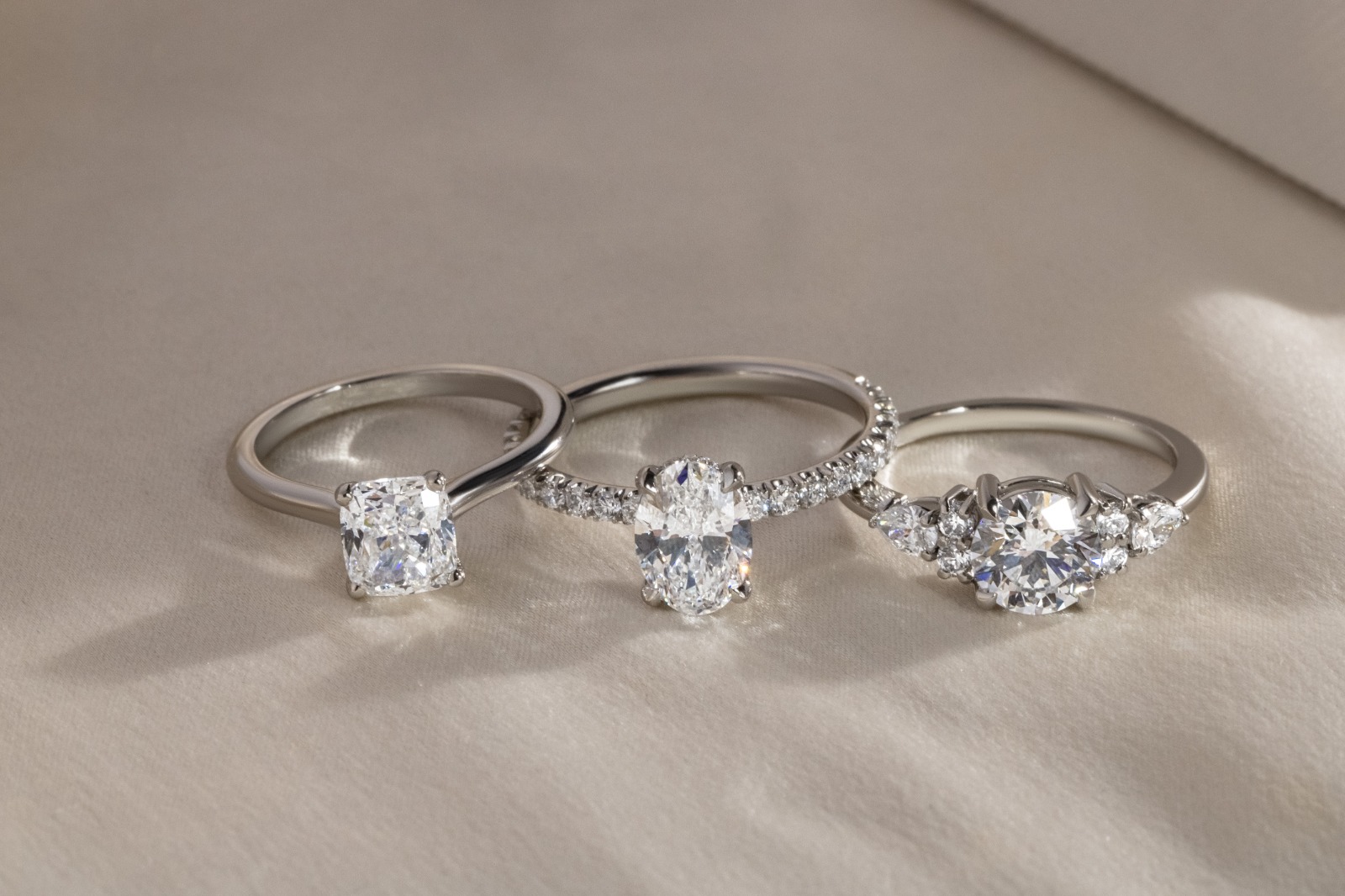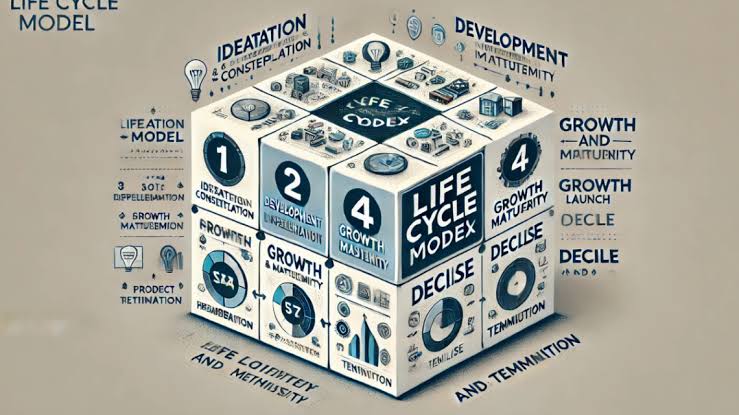Everything You Need To KNow About 3 Carat Diamond Ring Lab Grown

Everything You Need To KNow About 3 Carat Diamond Ring Lab Grown

Frequently, in most other industries, size is irrelevant but in the diamond world gigantic is marvelous. This brings us to a 3 carat diamond ring which does not leave much to the imagination and its size is quite apparent. But in today’s market, there’s an intriguing alternative to mined diamonds: simantous diamonds; human made diamonds; artificially grown diamonds; manufactured diamonds. In matters of considering the purchase of a 3 ct diamond ring, the answer to the question, whether a lab created diamond could be ideal would be helpful. Here our aim is to educate you with all the essential information surrounding 3 carat lab-grown diamond rings.
Introduction to Lab Grown Diamonds
Synthetic diamonds have created an upheaval within the industry that is concerned with body adornments. Developed in laboratories by using sophisticated technology, such diamonds have not only the chemical, physical and optical properties that are similar to those of mined diamonds but are also geologically indistinguishable. Yet, they are sold without any strings attached, causing havoc to the environment and violating the ethical aspect of mining as done with traditional diamonds.
What is a 3 carat Lab Grown Diamond?
The question also highlights that a 3 carat CG stone has the same mass as a similarly carat-ed mined diamond- 600 milligrams. Nevertheless, lab grown players are often cheaper and possess the comparable levels of brilliance and sparkle to those of mined diamonds. Since carat weight describes the weight or size of a diamond, finding a big and hefty stone does not imply that it is beautiful to look at because the shape and cut of the stone determine this.
The Features of Diamonds Grown in Labs
What are the reasons flocking to laboratory grown diamonds? The three issues that make it attractive to most consumers and businessmen include the ethical issues in sourcing for the material, the environmental issues and last but not least, the cost consideration. Diamonds that are cultured in laboratories mean the ability to get a larger and very nice diamond in comparison with a mined one for a lower price.
Environmental and Ethical Benefits
Mined diamonds have a very high social cost as they lead to extensive destruction of the natural environment as opposed to lab grown diamonds. Original diamond mining is usually invasive and could have adverse effects on local wildlife and population. Compared to natural diamonds, lab-grown diamonds need much less energy and water, and no chemicals that can have a negative impact on the environment are used during the manufacturing process. Furthermore, they do not incur the ethical problem with diamonds which are referred to as conflict diamonds.
Cost Comparison: Lab Diamonds vs Mined Diamonds
The cost is arguably one of the most important factors that speak for a lab-grown diamond in these classes. The SE tensile strength of synthetic diamonds is 30- 40% lower than that of natural diamonds of the same clarity. This means that when using the system, one can attain a, bigger or better, diamond for the same amount of money. For instance, a 3 carat diamond ring lab grown will cost significantly more than the price of a mined diamond ring of the same size.
Quality and Appearance
Lab-grown diamonds are graded on the same criteria as mined diamonds: referred to as the four Cs, namely: Carat, Cut, Color, and Clarity. This means that the quality standards acceptable shall be accorded hence shall be expected. In fact, these lab grown diamonds may even be better than natural diamonds because these are produced under laboratory conditions. It reflects its luster, fire and scintillation like those of natural diamonds as obtained from the mines.
Customization Options
Another virtue of selecting a lab-grown diamond is the flexibility in the design the allows for specific preferences. Different cuts like round, princess, emerald etc are also available with different colors and grades of clarity. Also, ladies can choose from a range of environments that reflects their personality from traditional one-stone ones, to those inspired by the Victorians and their numerous-stone halo settings.
Buying Guide:
When purchasing a 3 carat lab-grown diamond ring, it’s essential to consider several factors:However, it requires important aspects into consideration whenever one is buying a 3 carat lab-grown diamond ring.
- Certification: Ensure that the diamond is properly graded EOS grading GIA or any other equivalent grading authorities.
- Cut Quality: It affects the diamond’s ability to light up and sparkle in its entirety, depending on the cut.
- Color and Clarity: Select the color with the clarity grade that you are most comfortable with and meets your financial capability.
- Setting: The setting should not overpower or clash with the diamond and in addition, it should be appropriate to your personality.
- Retailer Reputation: Purchase from a reputed jeweler who has had good feedback and who has fair policies for returns and exchanges.
Certification and Authenticity
One should make sure that his/her diamond is certified because this helps a lot to get the real value of your diamond. To my knowledge GIA and IGI, prestigious companies offering grading services for lab grown diamonds, offer grading reports with much detail. These reports make certain of the physical characteristics of the diamond besides checking on the purity and genuine nature of the piece so that you are in a better position to understand the kind of diamond that you are being sold.
Conclusion
A 3 claws cut in lab grown diamond is one of the most responsible decisions that anyone could make if they are in the market looking for a significant diamond. Lab grown diamonds look and shine like mined diamonds, it is just that the former has many advantages of ethical nature and lower prices. Whether it’s an engagement ring, a symbolic gift for an anniversary or a birthday, or a personal desire to purchase a gorgeous lab grown diamond, it is a smart choice for today.






